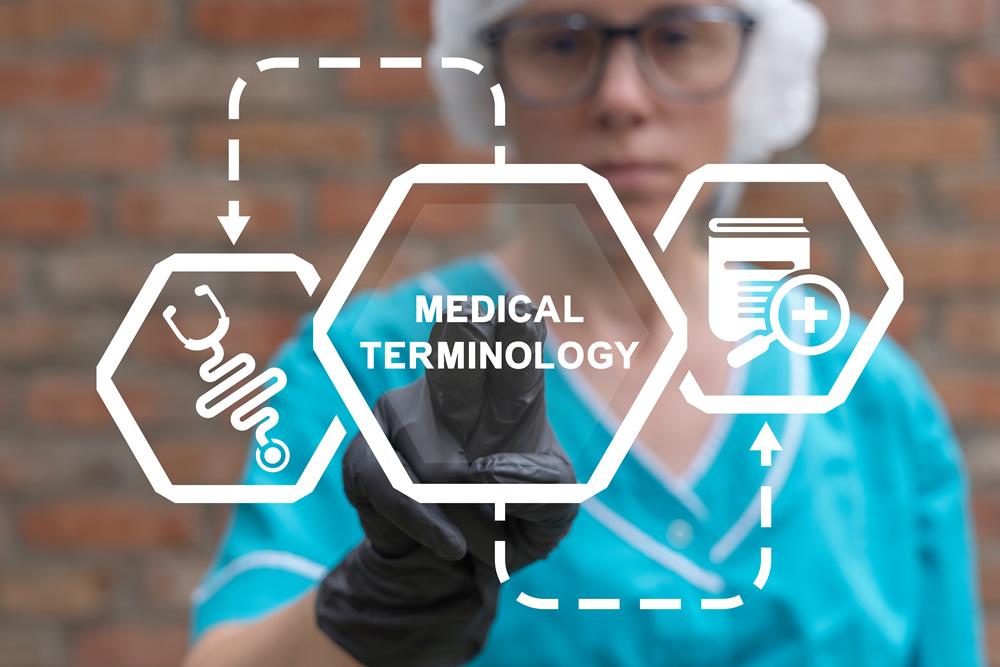The rate of growth in life sciences is accelerating at a rapid pace, and precise and consistent communication is essential. Whether translating clinical trial protocols, pharmaceutical research documents, medical device instructions, or patient information leaflets, the accuracy and consistency of terminology can significantly impact outcomes. Effective terminology management is crucial in maintaining this consistency, and human linguists play an indispensable role in this process.
The Role of Terminology Management in Life Sciences
Terminology management involves the systematic collection, organization, and standardization of terms used within a specific domain. In life sciences, where specialized terminology is abundant, this practice ensures that terms are used consistently across all documents and languages. This consistency is vital for several reasons:
- Accuracy and Clarity: Consistent terminology enhances the accuracy and clarity of translations, reducing the risk of misinterpretation and errors. This is particularly critical in life sciences, where a single mistranslation can have serious implications for patient safety and regulatory compliance.
- Regulatory Compliance: Life sciences companies operate in a highly regulated environment. Regulatory authorities, such as the FDA and EMA, require precise documentation. Consistent terminology helps ensure that all documents meet regulatory standards, facilitating smoother approval processes.
- Efficiency: Standardized terminology improves translation efficiency by reducing ambiguity and the need for repeated clarification. This leads to faster turnaround times and lower costs, which is especially beneficial in the fast-paced life sciences sector.
- Brand Integrity: For companies, maintaining a consistent brand voice across all markets is essential. Terminology management helps preserve brand integrity by ensuring that all communications reflect the same level of quality and professionalism.
The Human Element: Why Human Linguists Are Essential
While technology has revolutionized translation processes, the involvement of human linguists remains crucial, especially in terminology management. Here’s why:
- Expertise and Nuance: Human linguists bring a deep understanding of both the source and target languages, including cultural nuances and industry-specific jargon. This expertise allows them to make informed decisions about term usage and to adapt terminology to fit the context accurately.
- Quality Assurance: Automated tools can assist with terminology management, but they cannot match the quality assurance provided by human linguists. Linguists can spot inconsistencies, errors, and contextual mismatches that machines might miss, ensuring the highest level of accuracy.
- Contextual Adaptation: Life sciences terminology often involves complex and context-specific terms. Human linguists can interpret and adapt these terms appropriately for different contexts, ensuring that the meaning is preserved across languages.
- Collaboration and Feedback: Human linguists can collaborate with subject matter experts to refine and validate terminology. This iterative process ensures that the chosen terms are not only linguistically accurate but also scientifically valid and accepted by professionals in the field.
Implementing Effective Terminology Management
To implement effective terminology management, life sciences companies should adopt a structured approach that leverages both technology and human expertise. Here are some key steps:
- Term Extraction and Compilation: Begin by extracting relevant terms from existing documents and compiling them into a terminology database. This database should include definitions, context, and preferred translations for each term.
- Standardization and Approval: Standardize the terms by establishing clear guidelines for their usage. Collaborate with subject matter experts and linguists to approve the terms and ensure their accuracy and relevance.
- Integration with Translation Tools: Integrate the terminology database with computer-assisted translation (CAT) tools to provide translators with easy access to approved terms. This integration helps maintain consistency throughout the translation process.
- Continuous Update and Review: Terminology management is an ongoing process. Regularly update the terminology database to reflect new developments and feedback from linguists and subject matter experts. Conduct periodic reviews to ensure that the terms remain accurate and up-to-date.
- Training and Support: Provide training and support for translators and linguists to ensure they are familiar with the terminology database and understand the importance of using approved terms consistently.
Summarizing
The demand for precision and accuracy in life science translations is an overriding consideration, and effective terminology management is essential to this process. Human linguists play a critical role in this process, bringing the expertise, contextual understanding, and quality assurance necessary to ensure consistency and accuracy. By partnering with a translation agency like Powerling that combines the strengths of human linguists with advanced technology, life sciences companies can achieve the highest standards of translation quality, facilitating better communication, regulatory compliance, and ultimately, improved patient outcomes.

